Jamaica, with its lush landscapes and vibrant culture, is a tropical paradise. However, during the active hurricane season, the island faces the wrath of powerful winds and heavy rains. Hurricanes like Beryl, Ivan, Gilbert, and Charlie have left their mark, emphasizing the need for preparedness. Whether you’re a resident or a traveler, having the right essentials can make a significant difference in your safety and comfort. Let’s explore the must-have items for surviving a Jamaican hurricane:
1. Power Bank
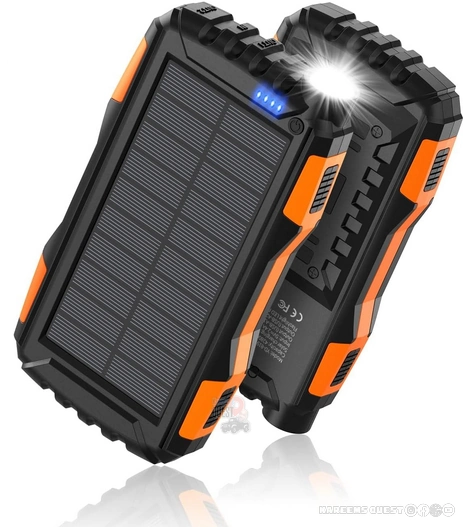
- Why? A reliable power bank is essential for keeping your cell phone and other small chargeable devices operational during power outages.
- Factors to Consider:
- Capacity: Choose a power bank with sufficient capacity to charge your devices multiple times.
- Portability: Opt for a compact and lightweight design for easy carrying.
- When and How to Use It:
- Charge the power bank fully before the storm hits.
- Use it to recharge your phone, flashlight, or other essential gadgets.
- Keep it handy in case of prolonged power cuts.
2. LED Lantern
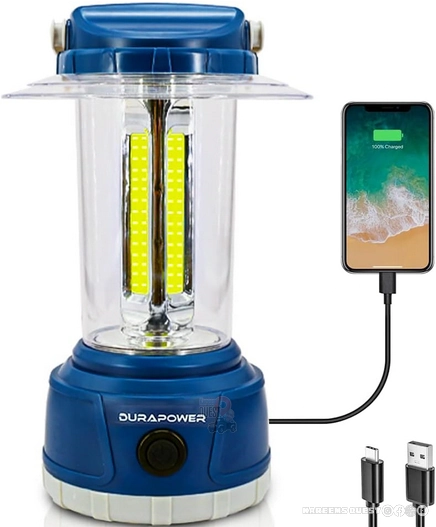
- Why? Say goodbye to kerosene oil lamps! LED lantern provide bright, safe illumination without the risk of fire or toxic fumes.
- Factors to Consider:
- Brightness: Opt for a lamp with adjustable brightness levels.
- Durability: Look for shock-resistant and waterproof models.
- When and How to Use It:
- Keep the LED lamp in an accessible location.
- Use it for reading, cooking, or navigating during power outages.
- Ensure you have spare batteries or a solar-powered version.
85 Year old remember’s Hurricane Gilbert
3. Radio
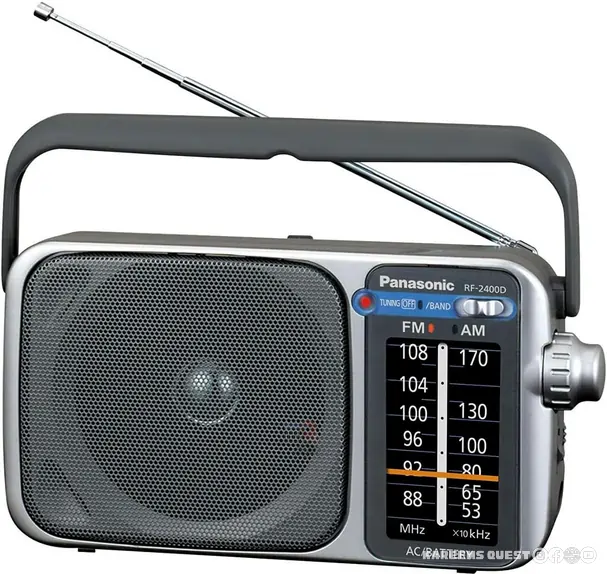
- Why? Staying informed during a hurricane is crucial. A battery-powered or hand-crank radio allows you to receive emergency alerts and updates.
- Factors to Consider:
- NOAA Weather Band: Choose a radio that includes the NOAA Weather Radio frequency.
- Portability: Pick a compact radio that you can carry easily.
- When and How to Use It:
- Tune in to local news stations for weather updates.
- Listen for evacuation orders or safety instructions.
- Keep extra batteries on hand.
4. Igloo (Cooler)
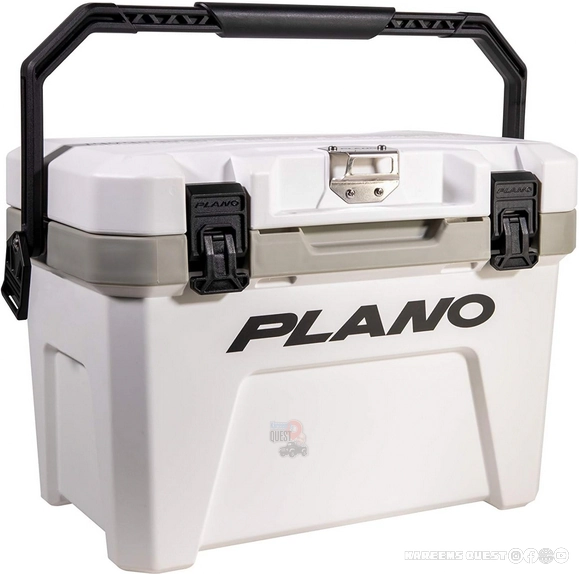
- Why? When the power goes out, your refrigerator stops working. An igloo cooler helps preserve perishable food and medications.
- Factors to Consider:
- Size: Select a cooler that fits your needs (consider family size).
- Insulation: Look for good insulation to maintain temperature.
- When and How to Use It:
- Fill the cooler with ice or frozen gel packs.
- Transfer perishable items from the fridge to the cooler.
- Keep it in a cool, shaded area.
5. Water Boots
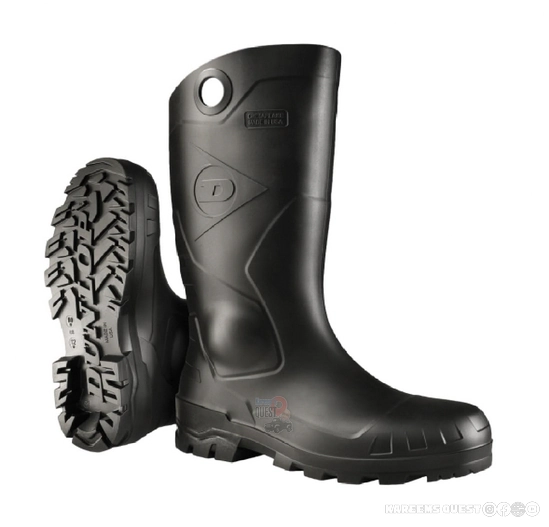
- Why? Flooded streets and heavy rains can make regular shoes useless. Water boots keep your feet dry and protect against debris.
- Factors to Consider:
- Waterproof Material: Choose boots made of rubber or neoprene.
- Traction: Look for non-slip soles.
- When and How to Use It:
- Wear water boots when venturing outside during or after the storm.
- Use them for wading through flooded areas.
- Keep them clean and dry for future use.
6. Raincoat with Reflectors
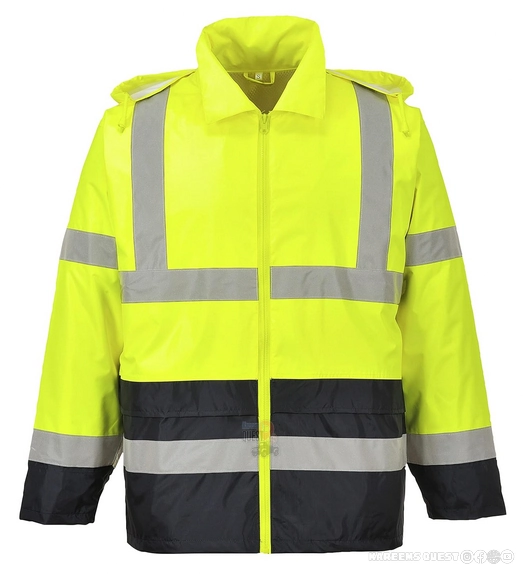
- Why? A raincoat not only keeps you dry but also enhances visibility during low-light conditions.
- Factors to Consider:
- Reflective Strips: Opt for a raincoat with reflective strips for safety.
- Hood: Ensure it has a functional hood.
- When and How to Use It:
- Wear the raincoat when going outdoors in heavy rain.
- Use it while directing traffic or walking at night.
- Store it in an easily accessible spot.
7. Electric Camping Fan
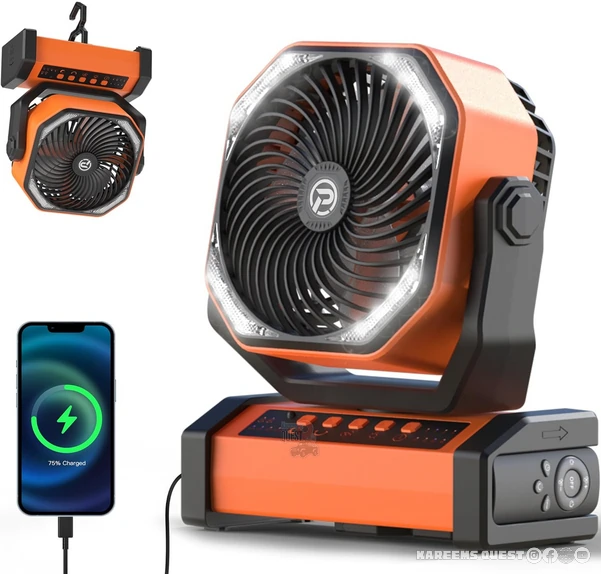
- Why? Stifling heat and humidity can be unbearable during power outages. An electric camping fan provides relief.
- Factors to Consider:
- Battery Life: Choose a fan with decent battery life.
- Portability: Look for a compact design.
- When and How to Use It:
- Set up the fan in a well-ventilated area.
- Use it sparingly to conserve battery power.
- Stay cool and comfortable.
8. Solar Charging Device
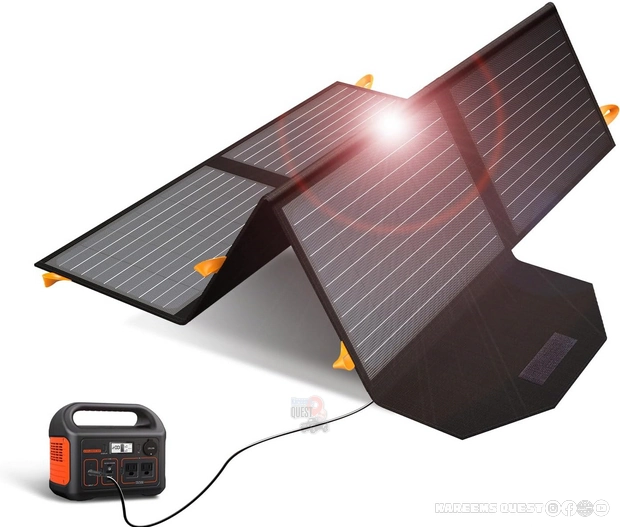
- Why? Harness the power of the sun! A solar charging device keeps your gadgets charged without relying on electricity.
- Factors to Consider:
- Efficiency: Opt for a high-efficiency solar panel.
- Compatibility: Ensure it works with your devices.
- When and How to Use It:
- Before the Storm:
- Charge the solar device fully during sunny days.
- Test its compatibility with your phone, tablet, or other devices.
- During the Storm:
- Place the solar panel in direct sunlight (if safe) to recharge.
- Connect your devices to the solar charger using compatible cables.
- Prioritize essential gadgets like phones and emergency radios.
- After the Storm:
- Continue using the solar charger to keep devices powered.
- Store it in a safe place for future emergencies.
- Before the Storm:
Remember, a solar charging device is not only practical but also eco-friendly. It ensures you stay connected even when the power grid fails. 🌞📱
Stay safe, and may the sun shine brightly on your hurricane preparedness! ☀️🌀



